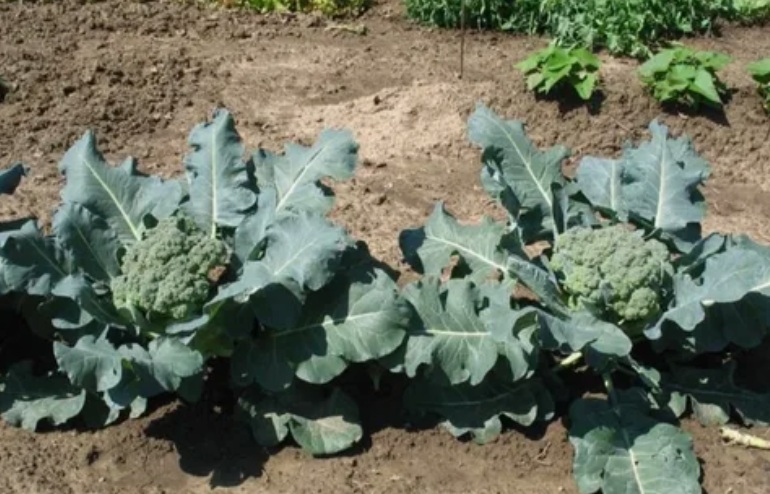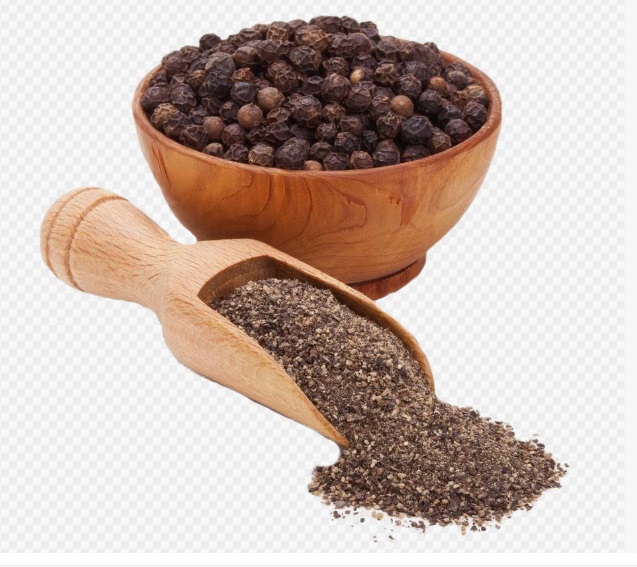Quinoa: The Superfood That’s Taking the World by Storm
Quinoa (pronounced keen-wah) has become one of the most talked-about superfoods in recent years, and for good reason. This versatile and nutrient-packed grain has transcended its ancient origins to earn a well-deserved spot on modern kitchen tables around the globe.Quinoa: The Superfood, But what exactly is quinoa, where does it grow, and what makes it such a powerhouse ingredient? In this article, we dive deep into all things quinoa, from its history to its benefits, uses, and health advantages.
What Is Quinoa and Where Does It Grow?
While true cereals like wheat and rice come from grasses, quinoa comes from the seeds of the Chenopodium quinoa plant, which is related to spinach, beets, and chard. This seed has been cultivated for thousands of years in the Andean regions of South America, particularly in countries like Peru, Bolivia, and Ecuador. Quinoa: The Superfood, Known as the ‘Mother Grain,’ quinoa was revered by the ancient Incas for its nutrition and versatility. It’s prized for being hardy and adaptable, capable of thriving in harsh conditions such as high altitudes and dry soils. In recent years, its cultivation has expanded beyond South America to regions like the United States, Canada, and parts of Europe and Asia, thanks to its rising global demand. Quinoa: The Superfood
What Are the Benefits of Quinoa?
Quinoa’s growing popularity stems from its impressive nutritional profile. Here are some known benefits of quinoa:
-
Rich in Nutrients: Quinoa is a nutrient-dense food that boasts high amounts of protein, fiber, vitamins, and minerals. It’s particularly high in magnesium, iron, potassium, and manganese, along with several B vitamins.
-
Complete Protein: Unlike most plant-based proteins, quinoa is a complete protein, meaning it contains all nine essential amino acids that the body cannot produce on its own.
-
Gluten-Free: Quinoa is naturally gluten-free, making it a safe and nutritious option for those with celiac disease or gluten sensitivities.
-
Low Glycemic Index: With its low glycemic index, quinoa helps stabilize blood sugar levels, making it a great choice for people with diabetes or those trying to manage weight.
-
High in Antioxidants: Quinoa contains antioxidants such as quercetin and kaempferol, which help combat inflammation and protect against chronic diseases.
Where and How Can We Use Quinoa?
Quinoa’s versatility in the kitchen is one of the reasons behind its meteoric rise in popularity. Here are some ways you can incorporate quinoa into your diet:
-
As a Grain Substitute: Quinoa can be used as a substitute for rice, couscous, or other grains in dishes like stir-fries, curries, and salads.
-
In Breakfast Dishes: Cooked quinoa makes a hearty and nutritious base for breakfast bowls. Mix it with fruits, nuts, and honey for a healthy start to your day.
-
In Soups and Stews: Add quinoa to soups and stews for extra protein and texture. Its flavor pairs well with vegetables and beans.
-
In Baked Goods: Quinoa flour can be used in baking to make bread, muffins, and pancakes.
-
As a Salad Base: Use quinoa instead of leafy greens for a protein-packed salad. Common pairings include roasted vegetables, avocado, chickpeas, and feta cheese.
-
In Snack Recipes: Quinoa can be popped, similar to popcorn, for a healthy snack. It can also be incorporated into energy bars or granola.
Quinoa is highly flexible and absorbs the flavors of the ingredients it’s cooked with, making it suitable for savory and sweet recipes alike.
What Are the Health Benefits of Quinoa?
In addition to its culinary versatility and nutrient density, quinoa offers a host of health benefits:
-
Supports Muscle Growth and Repair: Thanks to its complete protein content, quinoa is a fantastic option for athletes or anyone looking to build muscle. It provides all the essential amino acids required for tissue repair and recovery.
-
Promotes Digestive Health: Quinoa is high in dietary fiber, which supports healthy digestion by promoting regular bowel movements and preventing constipation.
-
Boosts Heart Health: The nutrients in quinoa, such as magnesium, potassium, and omega-3 fatty acids (in small quantities), help lower blood pressure and reduce the risk of heart disease. Its fiber content also helps lower bad cholesterol levels.
-
Weight Management: Quinoa’s high protein and fiber content induce feelings of fullness, helping manage appetite and reduce overeating—a key contributor to healthy weight management.
-
Supports Bone Health: Rich in magnesium, phosphorus, and manganese, quinoa contributes to bone strength and overall skeletal health.
-
Gluten-Free Alternative: For people with gluten intolerance or celiac disease, quinoa is an excellent alternative to common gluten-containing grains.
Quinoa: The Versatile Superfood for Delicious and Healthy Meals
Quinoa (pronounced keen-wah) has exploded in popularity in recent years, and for good reason. This ancient grain-like seed is a powerhouse of nutrition and incredibly versatile in the kitchen. But beyond just knowing it’s good for you, many wonder: what practical dishes can I make with quinoa, and how can it benefit my health? Let’s dive in!

Practical Dishes You Can Make with Quinoa:
Quinoa’s slightly nutty flavor and fluffy texture make it a fantastic substitute for rice, couscous, or even pasta in a variety of dishes. Here are some practical and delicious ideas:
Salads: Quinoa is a fantastic base for vibrant and nutritious salads. Combine it with roasted vegetables like butternut squash, bell peppers, and zucchini. Add protein sources like grilled chicken, chickpeas, or feta cheese, and finish with a lemon-herb dressing. Think Mediterranean quinoa salad, black bean and corn quinoa salad, or a simple quinoa and cucumber salad.
Breakfast Bowls: Ditch the sugary cereal and start your day with a protein-packed quinoa breakfast bowl. Cook quinoa with milk or plant-based milk, add your favorite toppings like berries, nuts, seeds, and a drizzle of honey or maple syrup.
Soups and Stews: Quinoa adds a hearty and nutritious element to soups and stews. Simply add it during the last 15-20 minutes of cooking time. It works particularly well in vegetable soups, lentil stews, and even chicken noodle soup for a gluten-free alternative.
Stuffed Vegetables: Use cooked quinoa as a filling for bell peppers, tomatoes, zucchini, or acorn squash. Mix it with vegetables, herbs, spices, and a little cheese for a flavorful and satisfying meal.
Burgers and Patties: Bind your veggie burgers or meat patties with cooked quinoa for added texture and nutrition. It helps hold the ingredients together and adds a boost of protein and fiber.
Side Dishes: Plain cooked quinoa is an excellent and healthy side dish to accompany grilled meats, fish, or poultry. Season it with salt, pepper, and a touch of olive oil for a simple yet satisfying addition to any meal.
Quinoa Flour Baking: Quinoa flour can be used in baking to add a nutty flavor and boost the protein content of your treats. Use it in pancakes, muffins, cookies, or even bread, often in combination with other flours.
For Which Dishes is Quinoa Best Suited?
Quinoa shines in dishes that benefit from a slightly nutty flavor and a distinct texture. It’s particularly well-suited for:
Dishes requiring a healthy and versatile grain alternative.
Vegetarian and vegan recipes to increase protein intake.
Gluten-free dishes.
Meals where you want to add a boost of nutrients and fiber.
Light and refreshing summer salads and hearty winter stews.
Health Benefits of Incorporating Quinoa:
Beyond its culinary versatility, quinoa boasts a remarkable array of health benefits:
Complete Protein Source: Quinoa is one of the few plant-based foods that is a complete protein, meaning it contains all nine essential amino acids that the body cannot produce on its own. This makes it a wonderful preferable for vegetarians and vegans.
High in Fiber: Quinoa is packed with fiber, which aids digestion, promotes satiety, helps regulate blood sugar levels, and supports heart health.
Rich in Nutrients: Quinoa is a good source of iron, magnesium, phosphorus, potassium, folate, and manganese. These nutrients play a very important role in various functions of the body, from body energy to bone strengthening.
Gluten-Free: Quinoa is naturally gluten-free, making it a safe and nutritious option for individuals with celiac disease or gluten intolerance.
Antioxidant Properties: Quinoa contains antioxidants that help protect the body against damage from free radicals, potentially reducing the risk of chronic diseases.
Quinoa and Cold & Flu: Can it Help?
While quinoa isn’t a “cure” for the common cold or flu, its nutritional profile can certainly contribute to a stronger immune system and potentially help you recover faster.
Vitamin and Mineral Boost: The vitamins and minerals in quinoa, like iron and zinc, are essential for immune function.
Protein Power: Protein is crucial for repairing tissues and building immune cells, helping your body fight off infection.
Easy to Digest: When you’re feeling under the weather, quinoa is a relatively easy-to-digest food that can provide essential nutrients without putting too much strain on your system.
To make the most of quinoa during a cold or flu:
Include it in a warm and comforting soup: Chicken quinoa soup or vegetable quinoa soup can be soothing and nourishing when you’re feeling sick.
Pair it with other immune-boosting foods: Add garlic, ginger, and lemon to your quinoa dishes for extra antiviral and anti-inflammatory benefits.
Focus on rest and hydration: While quinoa can be a supportive food, it’s important to prioritize rest and stay hydrated to allow your body to heal.
In conclusion, quinoa is a versatile and nutritious food that can be easily incorporated into a wide variety of dishes. From salads and breakfast bowls to soups and stews, quinoa offers a delicious and healthy way to boost your nutrient intake and enjoy a diverse range of flavors. While not a cure-all, its nutritional value can even support your immune system during cold and flu season. So, embrace the power of quinoa and discover the endless possibilities in your kitchen!
Conclusion
Quinoa is more than just a trendy health food—it’s a nutritional powerhouse with ancient roots and endless possibilities in the modern kitchen. It’s packed with essential amino acids, vitamins, minerals, and antioxidants, while also being gluten-free and easy to digest.
Whether you’re looking for a plant-based protein source, a nutrient-rich alternative to traditional grains, or a versatile ingredient to get creative in the kitchen, quinoa fits the bill. Make it a part of your breakfast, lunch, or dinner to reap its many health benefits and add a delicious twist to your meals.
With the world increasingly turning toward sustainable and health-conscious eating, quinoa is here to stay—proving that ancient wisdom and modern nutrition can go hand in hand.
You can read below writings
Lemon: The Tangy Wonder – Benefits, Uses, and More
What is Red Cabbage and Where Does It Grow?
what is green tea and where does it grow
Guide to Black Tea: Origins, Benefits, Uses
Nature’s Calming and Healing Wonder Linden






